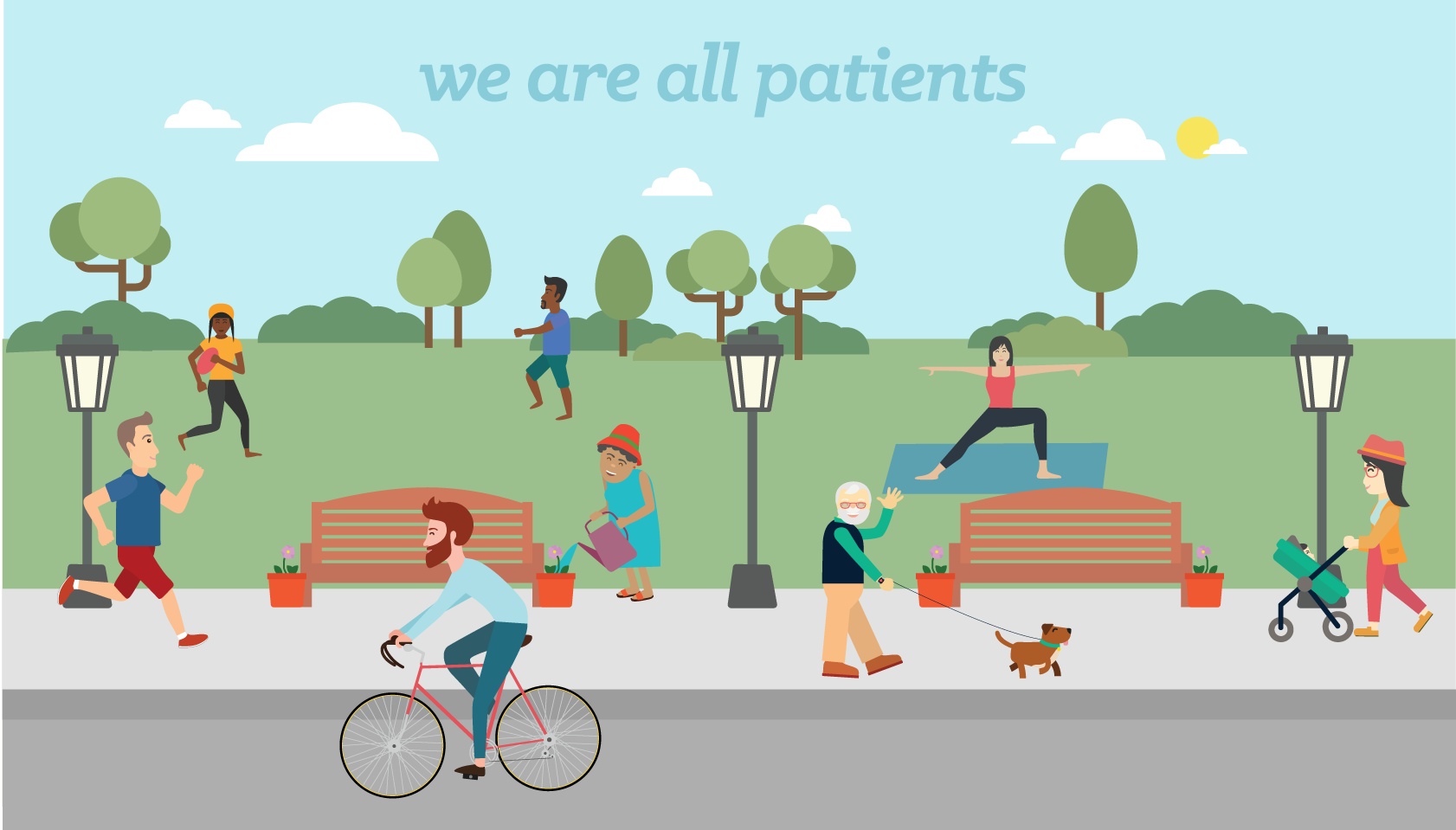Data-enabled strategy for the social determinants of health
Apr 17, 2018

Social determinants of health (SDOH) has turned into the feel-good buzzword of the year. Broadly defined, SDOH refers to the upstream factors that influence a patient’s clinical health; common examples include the ability to eat healthy food, earn a living, get around town, raise a family. As the government puts it, SDOH are the “conditions in the environments in which people are born, live, learn, work, play, worship, and age.”
Over the course of the last decade, healthcare delivery systems have begun embracing data and technology and inching towards more standardized measurement and management of clinical and business operations. This started with acute care and reducing readmissions, and has begun moving out to follow-up care, transitions, and other coordination. Now, the conversation is moving upstream to SDOH: What are the factors causing people to wind up in the hospital in the first place, and how might we address them?
When it comes to bringing data and technology to bear on this part of the puzzle however, most health systems remain stuck in the pre-digital era. While 90 percent of hospitals are trying to collect patient social needs data, less than a third are doing it in a standardized way, according to a survey by Deloitte. The rest are still using ad-hoc, informal methods, from clipboards to paper notes, driven by a reported lack of dedicated funding.
Fortunately, as that played out Billy Gibson saying goes, “The future is here, it’s just not evenly distributed yet.” Thanks to early innovators and progressive grant funding, we have a good idea of what a comprehensive SDOH strategy looks like. It involves assessing social needs, matching those needs to community-based resources, and facilitating referrals in an accountable, measurable way. Let’s take a look at what this all entails, with a few examples of how Redox-powered innovation partners are driving upstream progress far ahead of the curve.
Screening: Assessing social needs
How can health systems understand the non-clinical needs of their patients? An overarching challenge here is that some of the required data exists but isn't readily available or usable, while other data are missing because adequate tools & workflow don't yet exist.
A combination of structured and unstructured data from a variety of sources can add important insights to an SDOH strategy. These include clinical and administrative databases (EHR, ADT, claims) as well as novel third party sources, such as public records (housing, crime, welfare), as well as proximity to relatives, zip code, and more. You know what else works? Asking patients. A variety of surveys and assessment tools aim to capture patient-reported needs spanning food security, transportation, financial and legal issues, and more.
Regardless of the sources, gathering all these data into one place remains no small challenge for most organizations; making use of them to generate actionable insights is another question entirely.
But while difficult, like many things, sometimes all it takes is asking for a little help.
NowPow is a Chicago-based SDOH startup that helps health systems make high-quality social referrals. One of their important differentiators is their streamlined workflow: Integration with their client’s EHR helps them draw pertinent data to pre-populate needs assessments (demographics, language, insurance carrier) and pre-select relevant community supports from a resource directory using a home-grown social needs algorithm. Compared to the status quo, this saves a ton of time, while adding accuracy and accountability to the process.
Referrals: Making the match
Until recently, those directories were akin to the white pages: static and outdated. NowPow and other innovators like Healthify have developed a more modern approach, deploying a lite version of their software to a carefully vetted network of community based organizations and service providers (e.g. food banks, legal services, women’s shelters). After obtaining patient consent, these tools let the care team determine which details might be important to share (food allergies) and which might not.
In addition to enabling an easier referral process for both the patient and the care team, this lets organizations “close the loop” on the referral. This means that a health system can monitor that the referral was received and know whether or not the patient got the help they needed. At a network level, this functionality lets organizations monitor time and type of utilization, time to referral, and much more.
It’s common to hear skeptics question the ROI of such software, but even a little bit of basic digging shows that there’s enough value added for dozens of managed care organizations and flagship health systems around the country to partner with these startups. The real question is when more organizations will realize that an ounce of upstream prevention is worth a pound of ED readmissions.
A look around the corner
NowPow and Healthify partner with Redox to use existing clinical data as the foundation of a social needs care plan. Murmurs from the EHR industry indicate such functionality might wind up in mainstream clinical workflows, though those bold promises come with scant details. Early research suggests that algorithms could be used to predict social needs, but even if AI enables doctors to avoid talking to patients about SDOH, referral workflow remains a challenge.
As social determinants of health becomes a more prominent issue for payers, at least one new care delivery system aims to leapfrog the coordination challenge by integrating social services directly into their model: CityBlock, a spinout of Sidewalk Labs (Alphabet’s urban innovation arm) is building a socially integrated direct primary care-style model for urban Medicaid populations, built on a Redox-powered data platform. It’s as if a primary care system swallowed up the features and workflows above, and applied them to keep people out of the hospital from day one. While this approach won’t work everywhere, it’s a sign - one of many - that health systems are starting to think about upstream prevention, in part by making the most of the data they already have.
